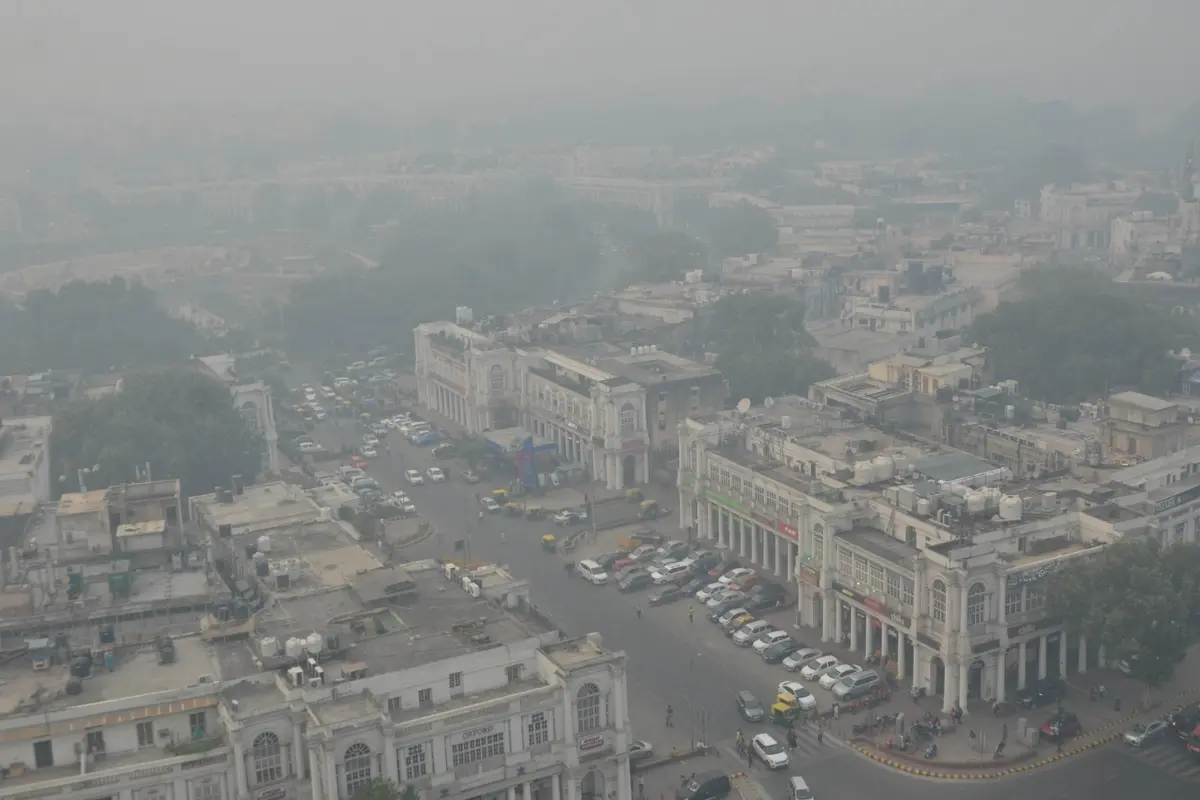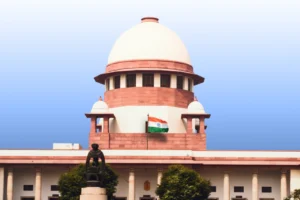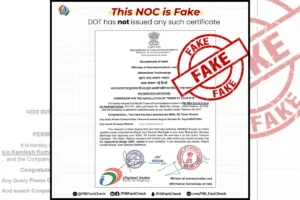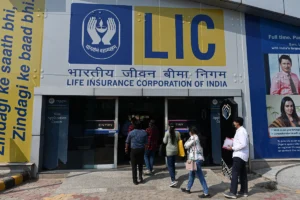
On Monday, Delhi’s air quality plummeted to hazardous levels following the Diwali celebrations, with the Air Quality Index (AQI) surging beyond 400 in several areas, categorizing it as ‘severe’.
According to data from the Central Pollution Control Board (CPCB), key regions like Anand Vihar (433), Rohini (411), and Ashok Vihar (410) registered some of the worst pollution levels.
Several other parts of the city, including Dwarka, Patparganj, Jahangirpuri, and Punjabi Bagh, also showed AQI readings in the ‘severe’ category.
In contrast, some areas, like Lajpat Nagar, North Campus, and RK Puram, recorded ‘very poor’ air quality, with AQIs hovering above 370.
The overall air quality for the capital saw a sharp decline, with the city’s average AQI standing at 373 early on Monday morning, marking a drop from the previous day’s 24 hour average.
Experts Warn Of Worsening Air Quality Following Stagnant Weather
Experts have warned that unfavorable meteorological conditions, particularly stagnant winds and cooler temperatures, are making it difficult for pollutants to disperse, worsening the situation.
The Air Quality Early Warning System (EWS) has predicted that these conditions may persist over the next few days, with forecasts of smog and mist during the mornings, coupled with low wind speeds.
While stubble burning in nearby states, a significant contributor to the region’s pollution, saw a decrease dropping to 15% on 2 November from 35% the day prior – the air quality remained alarming.
Delhi’s AQI hit a seasonal high of 382 on Sunday, up from 316 on Saturday.
Neighboring cities in the National Capital Region (NCR), such as Noida (305), Ghaziabad (295), and Gurugram (276), also continued to grapple with poor air quality.
Regions of Rajasthan and Haryana saw similar conditions, with Sriganganagar and Hisar recording AQIs of 397 and 372, respectively.
In response to the escalating crisis, the Commission for Air Quality Management (CAQM) has intensified efforts to curb pollution.
Measures include stricter enforcement of the Graded Response Action Plan (GRAP) and imposing fines on construction sites, industrial plants, and vehicles contributing to pollution.
Meanwhile, the authorities have deployed around 600 mechanical road-sweeping machines, water sprinklers, and anti-smog guns across the NCR to reduce road dust.
For context, AQI levels between 0-50 are considered ‘good,’ while levels between 401-500 represent ‘severe’ air pollution, posing a serious risk to public health, especially for vulnerable groups such as children and the elderly.
Also Read: RG Kar Case: CBI Uncovers Evidence Against Ex-Principal Ghosh In MBBS Selection Scandal
To read more such news, download Bharat Express news apps






















